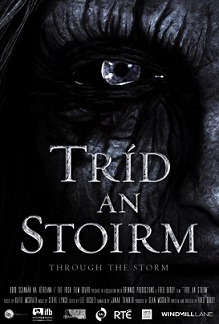I’m not sure anyone was in a huge hurry to see more of Woody, Buzz, Jessie and the rest of the gang after their glorious send-off at the end of Toy Story 3 – not because we didn’t love them, but because… well, why mess with perfection? Why go back to the well and risk overexposure? Why compromise that utterly sublime ending?
I’ll get to Toy Story 4 in due course, in which many of these fears did in fact materialize, but the shorts and specials that were released between 2011 and 2014 were delectable little trifles that gave us more adventures of the toys without backtracking on any of the developments or characterizations of the movie trilogy. For now at least, I can continue raving about the continued success of the franchise.
This, plus the Christmas Special (Toy Story That Time Forgot) and three short films (Small Fry, Hawaiian Vacation and Partysaurus Rex) all work beautifully as a sort of coda to the trilogy, giving us glimpses into what is essentially the toys’ happy ending with Bonnie, the new owner who loves and cherishes them, and who they can protect and nurture in return. With that in mind, you can’t blame Pixar Studios for wanting to play a little longer in this particular sandpit.
I’ll get to the rest in good time, but for now, in honour of Halloween: Toy Story: Tale of Terror!








